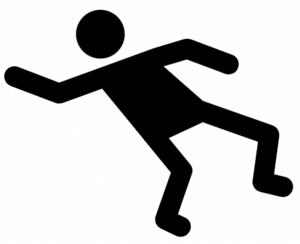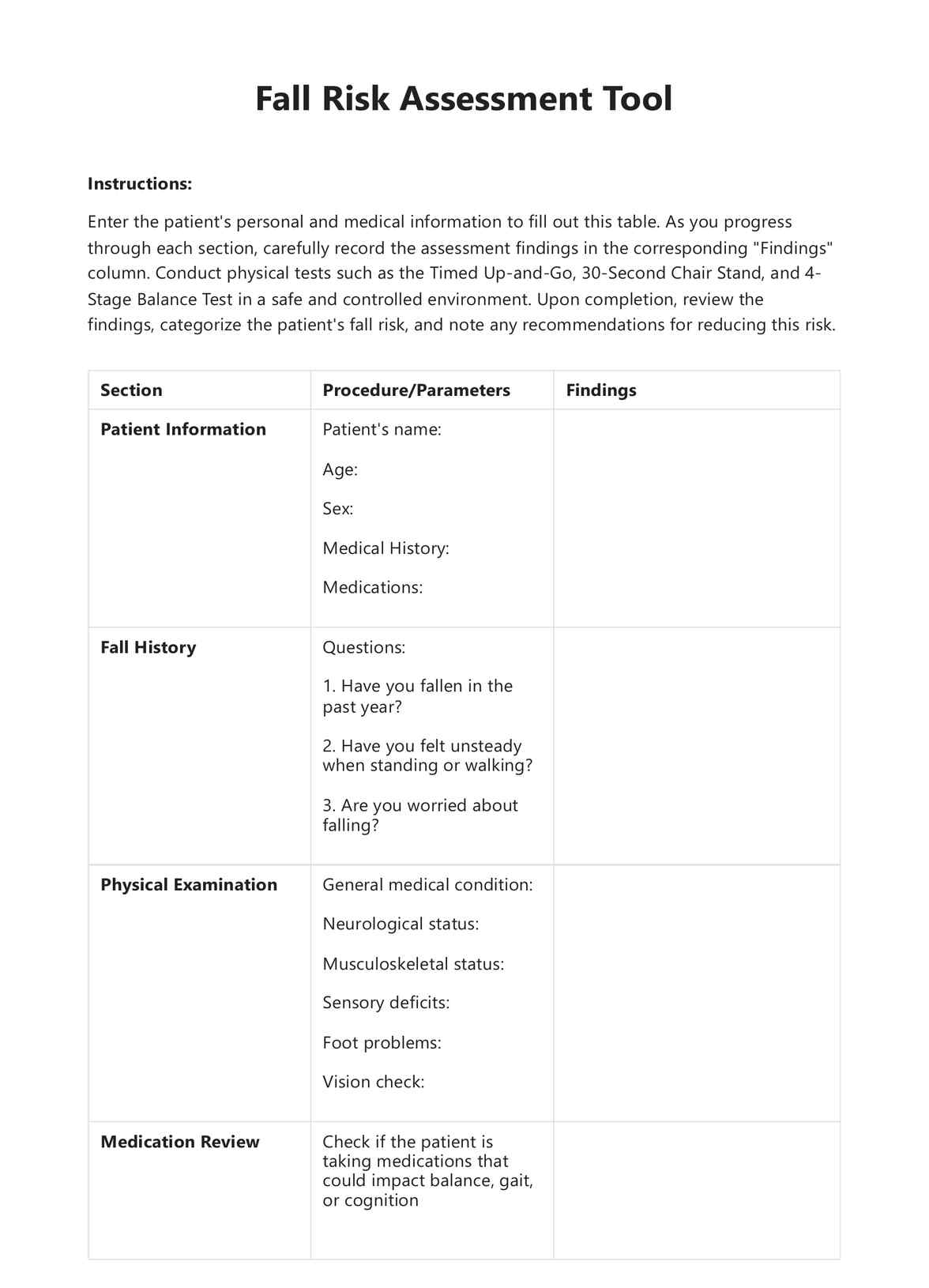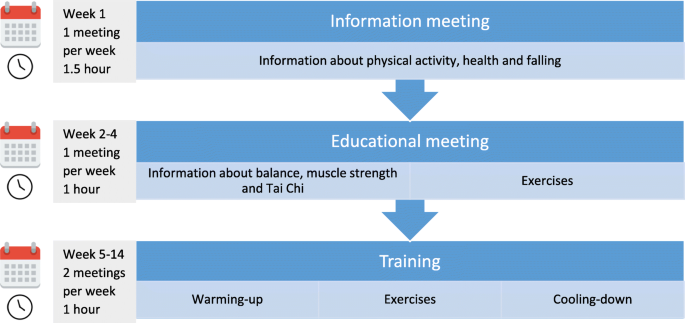What Does Dementia Fall Risk Do?
What Does Dementia Fall Risk Do?
Table of ContentsThe 5-Minute Rule for Dementia Fall RiskThe Buzz on Dementia Fall RiskThe Facts About Dementia Fall Risk RevealedThe Of Dementia Fall Risk
A loss risk evaluation checks to see how most likely it is that you will certainly drop. The assessment typically includes: This consists of a collection of questions regarding your overall health and wellness and if you've had previous falls or problems with balance, standing, and/or strolling.STEADI consists of testing, evaluating, and treatment. Interventions are suggestions that may lower your danger of dropping. STEADI consists of three actions: you for your danger of succumbing to your risk aspects that can be enhanced to try to stop drops (as an example, equilibrium troubles, damaged vision) to decrease your risk of falling by making use of effective approaches (for instance, offering education and sources), you may be asked a number of inquiries including: Have you fallen in the previous year? Do you feel unsteady when standing or walking? Are you fretted about falling?, your service provider will certainly evaluate your stamina, equilibrium, and stride, using the complying with loss analysis tools: This examination checks your stride.
You'll rest down once more. Your copyright will certainly inspect how much time it takes you to do this. If it takes you 12 secs or more, it may mean you are at higher danger for an autumn. This examination checks toughness and balance. You'll being in a chair with your arms crossed over your breast.
The settings will certainly obtain more difficult as you go. Stand with your feet side-by-side. Move one foot midway ahead, so the instep is touching the large toe of your various other foot. Move one foot fully before the other, so the toes are touching the heel of your various other foot.
An Unbiased View of Dementia Fall Risk
The majority of falls occur as an outcome of several adding aspects; as a result, managing the risk of dropping starts with determining the aspects that contribute to drop danger - Dementia Fall Risk. A few of one of the most pertinent risk variables consist of: Background of prior fallsChronic clinical conditionsAcute illnessImpaired stride and balance, reduced extremity weaknessCognitive impairmentChanges in visionCertain risky medicines and polypharmacyEnvironmental elements can additionally enhance the risk for falls, consisting of: Inadequate lightingUneven or damaged flooringWet or slippery floorsMissing or damaged handrails and get hold of barsDamaged or improperly equipped equipment, such as beds, mobility devices, or walkersImproper use of assistive devicesInadequate supervision of individuals residing in the NF, including those that display hostile behaviorsA effective loss threat management program requires a detailed professional analysis, with input from all members of the interdisciplinary team

The care strategy need to likewise include interventions that are system-based, such as those that advertise a secure environment (proper lights, handrails, get hold of bars, etc). The effectiveness of the interventions must be examined regularly, and the treatment plan revised as needed to reflect changes in the fall danger assessment. Executing a loss danger monitoring system using evidence-based best technique can decrease the occurrence of drops in the NF, while limiting the capacity for fall-related injuries.
Some Known Facts About Dementia Fall Risk.
The AGS/BGS standard advises screening all grownups matured 65 years and older for autumn danger yearly. This screening includes asking clients whether they have fallen 2 or even more times in the past year or sought clinical focus for a loss, or, if they have not fallen, whether they really feel unsteady when walking.
Individuals who have fallen once without injury must have their balance and gait reviewed; those with gait or equilibrium irregularities must obtain added assessment. A background of 1 autumn without injury and without stride or equilibrium problems does not necessitate further evaluation beyond ongoing annual autumn risk screening. Dementia Fall Risk. An autumn danger evaluation is called for as part of the Welcome to Medicare exam

The 7-Second Trick For Dementia Fall Risk
Recording a drops background is among the top quality signs for loss avoidance and administration. A critical part of threat analysis is a medicine testimonial. Read Full Report Several courses of medications enhance fall threat (Table 2). Psychoactive drugs in certain are independent forecasters of falls. These medicines have a tendency to be sedating, alter the sensorium, and hinder equilibrium and stride.
Postural hypotension can often be relieved by minimizing the dosage of blood pressurelowering medicines and/or quiting medicines that have orthostatic hypotension as an adverse effects. Use above-the-knee support pipe and copulating the head of the bed raised may additionally minimize postural reductions in high blood pressure. The preferred elements of a fall-focused physical exam are displayed in Box 1.

A yank time above or equal to 12 secs suggests high fall danger. The 30-Second Chair Stand test assesses reduced extremity stamina and equilibrium. Being incapable to stand from a chair of knee elevation without making use of one's arms suggests raised autumn threat. The 4-Stage Balance examination analyzes static equilibrium by having the person stand in 4 placements, each gradually more challenging.